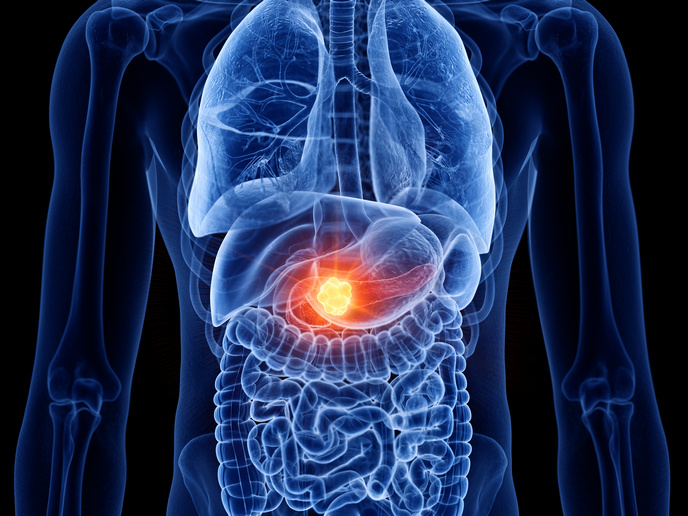Novel anti-cancer drugs
Although advances in cancer biology have led to the development of targeted molecular therapies, chemotherapy remains the gold standard for the treatment of many types of cancer. Chemotherapeutic drugs like cisplatin work by intercalating into and cross-linking the DNA of rapidly dividing cancer cells to induce apoptosis. Chemotherapy is associated with a number of side effects and highlights the need for the design of new drugs. In this search, the chemical element Ruthenium (Ru) has emerged as a promising anti-cancer drug. It possesses interesting photophysical and photochemical properties that can be tuned via ligands to target or recognise specific molecules or cells. The scope of the EU-funded NANOAGENTS (Surface modified luminescent and magnetic gold nanoparticles as cellular targeting agents) project was to design Ru complexes that can intercalate with DNA. In this context, they added extended aromatic rings to Ru and went on to characterise their binding efficiency to DNA. To quantify the strength of interaction, they utilised spectroscopic techniques that allowed them to measure the DNA binding constants of each Ru complex. The obtained values indicated that these complexes formed strong and stable adducts with DNA and induced a behaviour dependent on the chelating ligand. The incorporation of the tetraazaphenanthroline ligand allowed researchers to use light to switch on or off the toxicity of the compounds. This particular feature could be of great interest for the pharmaceutical industry. To validate the activity of these complexes in vitro, scientists used HeLa cervix cancer cells. They observed that these Ru complexes exhibited the ability to cross the cell membrane and induce apoptosis, which is the desired anti-cancer drug effect. Apart from direct therapeutic use, the NANOAGENTS deliverables could find application in tissue imaging and drug delivery.







